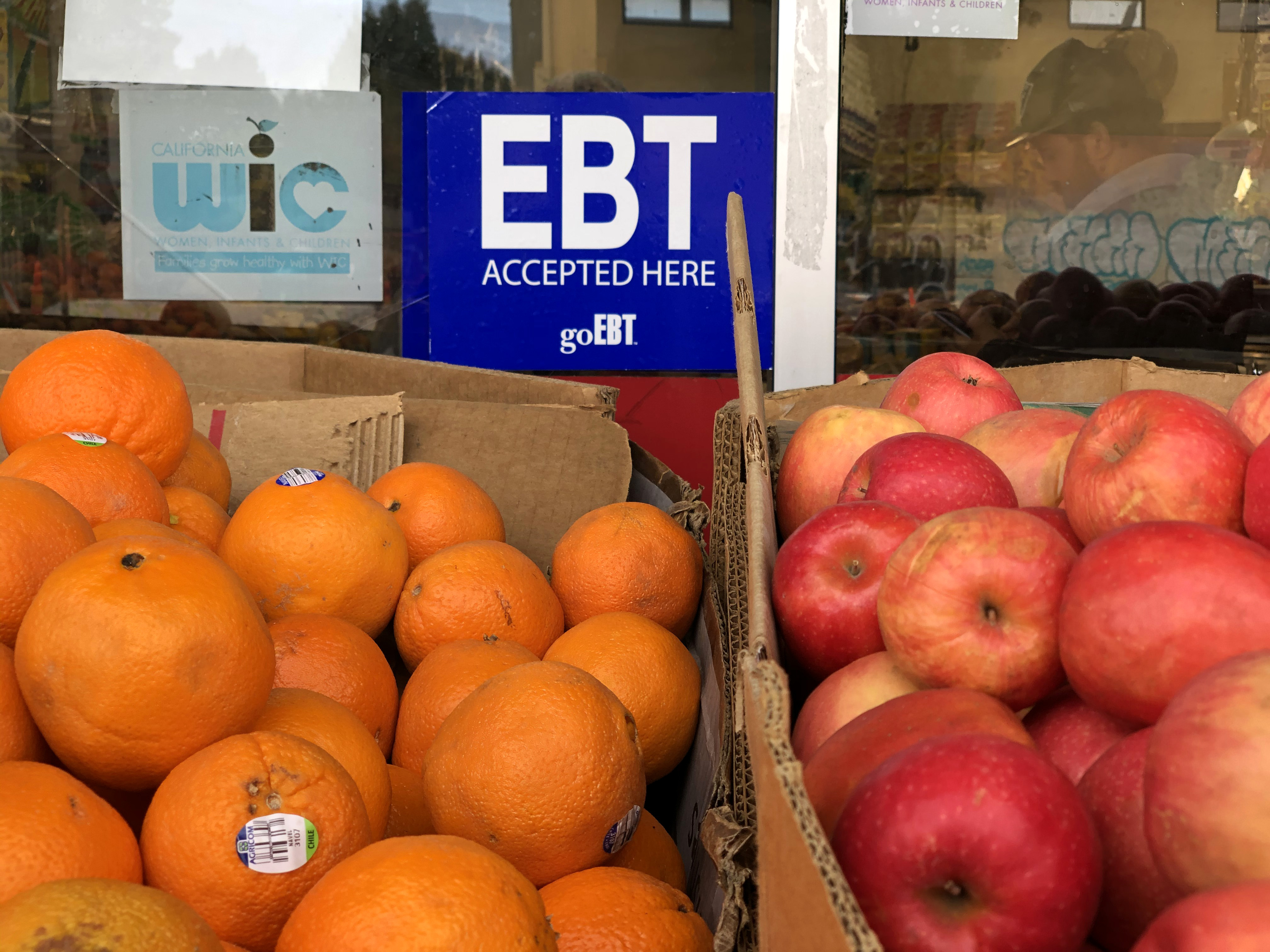Lower-income families with school-age kids can get help from the federal government paying for groceries this summer, unless they live in one of the 14 states that have said no to joining the program this year.
The reasons for the rejections, all from states with Republican governors, include philosophical objections to welfare programs, technical challenges due to aging computer systems and satisfaction with other summer nutrition programs reaching far fewer children.
The impact falls on people like Otibehia Allen, a single mom of five in Clarksdale, Mississippi, who makes too much to qualify for some public assistance programs. She could have received $480 in aid over three months this summer if her state participated.
“It would have helped us a whole lot, especially with the boys,” Allen said. “They’re growing children. They eat a lot.”
Many states have rejected federal funds on principle or for technical reasons. In 2021, 26 states cut short the enhanced unemployment benefits people received during the coronavirus pandemic. Twenty-two states have turned down the mostly federally funded expansion of Medicaid eligibility to provide health insurance to more lower-income adults. A dozen of those states have reconsidered and expanded Medicaid.
The Summer EBT program, a response to increased child hunger when school is out, involves much less money. The federal government launched pilot versions in 2011, expanded it nationally during the pandemic and then Congress made it permanent within a spending bill adopted in December 2022. States must split the administrative costs 50/50, and the federal government funds the benefits, which are expected to cost $2.5 billion this year and help feed 21 million children.
Another 10 million eligible kids live in states that turned down the funding.
For each of three summer months, families with children in free or reduced-price school lunch programs will get $40 per qualifying…
Read the full article here



